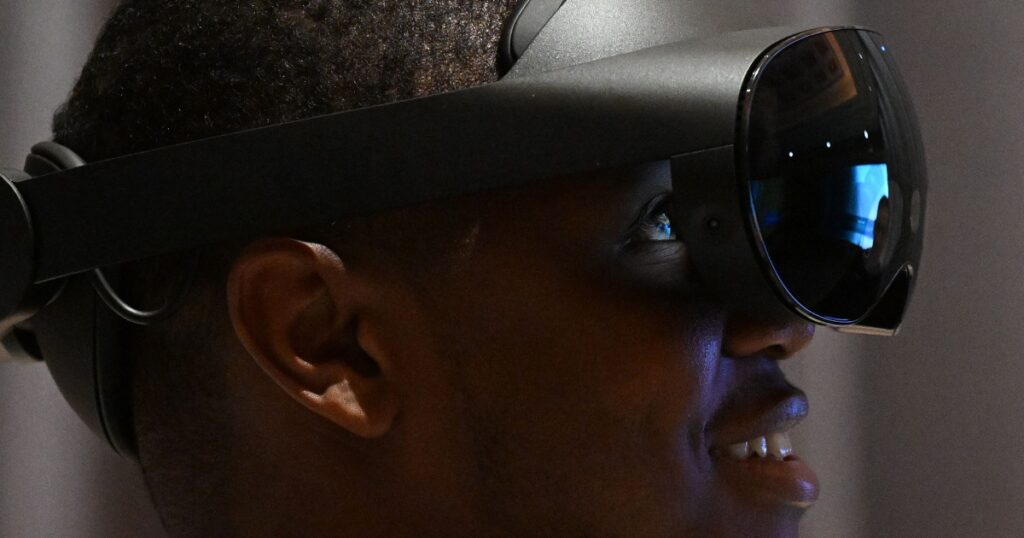I met historian Dave Tell, a University of Kansas professor and digital project developer focused on restoring historical memory, back in 2019. I’d traveled to the Mississippi Delta to cover the unveiling of a new bulletproof memorial for Emmett Till that was unveiled after previous signs had been defaced by gunfire.
Tell, who’s tight with members of Till’s family, was an invaluable guide during my time in the Delta. He’s one of the most well-versed historians you’ll find when it comes to the story of Till’s lynching. And in his book “Remembering Emmett Till,” he exposes efforts to obscure Till’s story and use it for political, sometimes monetary, gain.
But it’s Tell’s digital work that puts him on the cutting edge. He’s part of a growing group of academics and artists who use tech, such as geotags and other augmented and virtual reality tools, to fight historical erasure. It’s an approach deployed by educators like Retha Hill at Arizona State University and Idris Brewster, who created the AR/VR history app “Kinfolk.”
Tell is the lead investigator on an initiative called the “Emmett Till Memory Project,” a digital hub of historical Till content. He co-created an app that takes users on a virtual tour of significant sites related to Till’s life — from his home, to the site where his body is believed to have been pulled from the Tallahatchie River, to the church where his mother, Mamie, put his brutalized body on display. And he helped create a 3D museum of Emmett and Mamie Till-Mobley’s life.
I was curious about the conceit behind these efforts. I had assumed that one benefit to these high-tech history projects is that their virtuality affords them some permanence: Books can be banned and curricula can be curtailed, but the internet is forever. But Tell gave me another way of thinking about these projects.
He explained that using high-tech tools to share history is ideal because the creations aren’t permanent. Works like these…
Read the full article here





